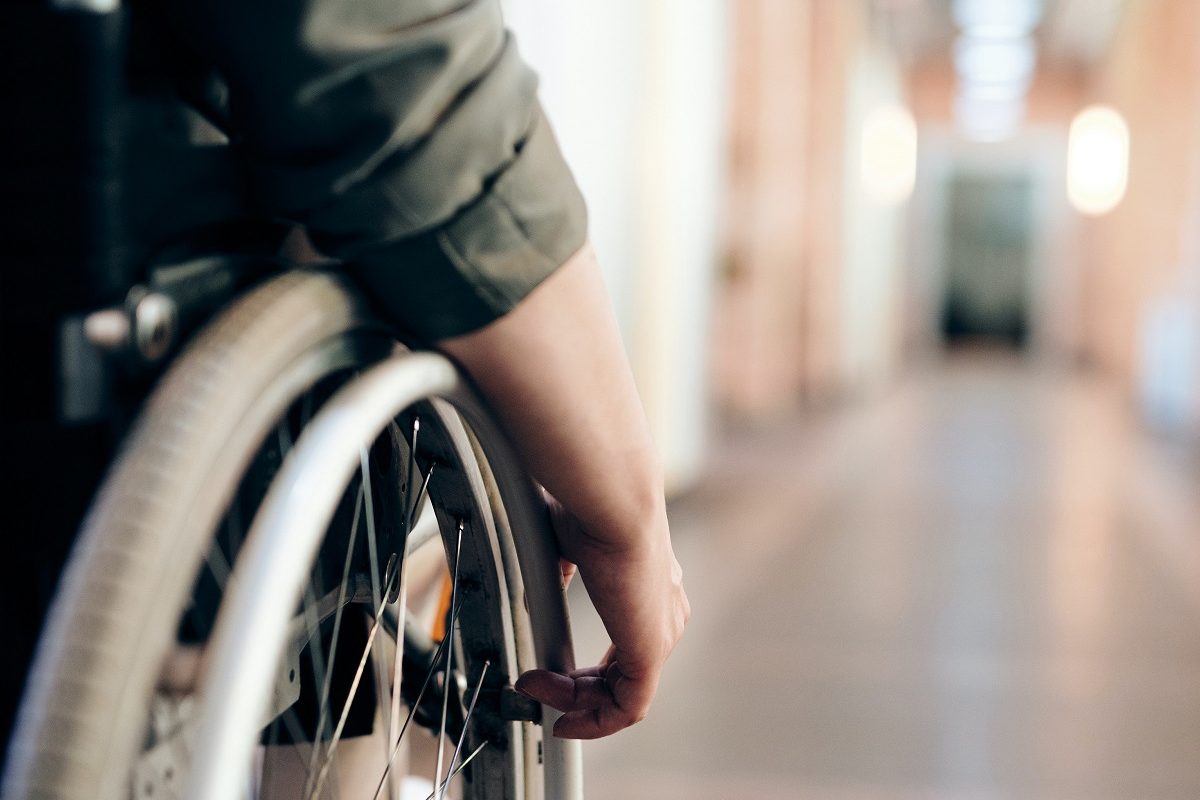In association with the Australian College of Nursing (ACN), Arjo invites all nurse leaders to participate in their upcoming webinar Staging pressure injury in darkly pigmented skin.
A pressure injury, also known as a pressure ulcer, pressure sore or bed sore, is caused by unrelieved pressure and/or shear forces on any part of the body. Anytime you lie or sit down in the same position for a period of time, pressure is applied to different parts of your body. Any object that has continuous contact with your skin has the potential to cause a pressure injury. (Clinical Excellence Queensland, 2019).
In order to fully assess patients for pressure injuries, skin assessments need to be comprehensive. This is particularly important in darker pigmented skin as visual colour changes are often difficult to detect.
The webinar, which will be presented by Andrea Kirk, Pressure Injury Coordinator CNS, Western Sydney Local Health District, will explore this and many other issues surrounding pressure injuries in darkly pigmented skin. Ahead of the webinar, Andrea answers some important questions on the subject for our readers.
- What kind of patients are particularly prone to pressure injuries (PIs)?
Pressure injuries are the result of sustained unrelenting pressure that is not relieved by normal mobilization.
Those prone to PIs include older people, those with multiple comorbidities such as Peripheral Vascular Disease, diabetes etc., palliative or chemo patients, those who may be incontinent, malnourished, sitting/lying on an inappropriate surface, experiencing poor skin condition e.g. dry, current PI, reactions to certain medications and/or those with reduced mobility, particularly chair-bound.
PIs can also be caused by devices such as gastric tubes, catheters and tape.
- Why is it challenging to detect PIs in darkly pigmented skin?
Early changes that are detected such as redness and slower capillary refill are not picked up in darker pigmented skin or may be more subtle. Therefore, Stage 1 and Suspected Deep Tissue Injuries (sDTI) are easily missed. Stage 1 shows as a non-blanchable redness and sDTI shows as a purple/maroon colour. With a comprehensive skin assessment changes such as temperature and oedema can be picked up.
- What are some other signs of PIs in dark skin?
Cooler or hotter skin, harder or softer tissue when compared to surrounding skin.
- What are some key elements of preventing PIs in dark-skinned patients?
Comprehensive skin assessments will allow tissue changes to be picked up sooner plus the same prevention as with all people e.g. regular offloading of bony prominences, checking under devices, alternating air mattresses, good nutrition, dressings, Incontinence Associated Dermatitis prevention, etc.
- Are there any technological advances designed to overcome the difficulties in detecting pressure damage in people with darker skin?
Other than the comprehensive skin assessment the only device I’m aware of is the Sub-Epidermal Moisture (SEM) scanner that would detect the shift in oedema to the damaged tissue.
- How will nurses benefit from this webinar?
We know from evidence that particularly Stage 1 PIs are under-reported in the darker pigmented skin compared to lighter pigmented skin. This is not because it is believed they are less at risk but that people cannot see subtle changes to the skin.
This webinar will help nurses to gain a deeper understanding into what they can do to avoid PIs in darker pigmented skin, therefore reducing harm to patients from an injury that can mostly be avoided. This will also explore the slight differences in stages and how to detect these.
Know more about pressure injuries and the latest 2019 International guidelines in relation to these here.
Webinar details
Date: 24 Nov 2020
Time: 2.30pm – 3.30pm (Registration ends 23/11/2020 1:00 PM (AUS Eastern Daylight Time)
Register at https://members.acn.edu.au/Public/Event_Display.aspx?EventKey=ARWEBNOV20
References
Clinical Excellence Queensland, Pressure Injury Prevention, 2019, < https://clinicalexcellence.qld.gov.au/priority-areas/safety-and-quality/pressure-injury-prevention> Retrieved 18 Nov 2019





